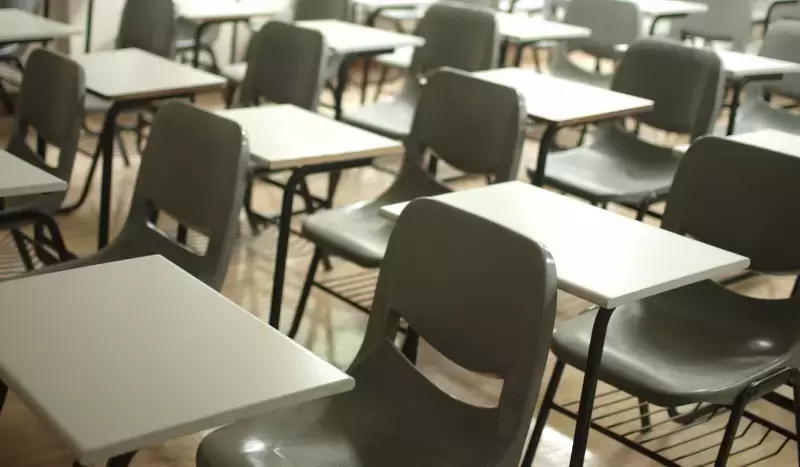|
Get this: For the low price of more than 16,000 tax dollars per student each year, your child can receive one-size-fits-all education that too often prioritizes woke ideology over workforce readiness. What a bargain!
Maybe that’s why so many families have left the public education system over the past few years. School shutdowns, mask and vaccine mandates, and even the lack of safety in the public education system have parents running for the hills. They understand that the deal they’re being offered isn’t a deal at all and that the public school system is broken and in need of serious repair. Teachers have also started leaving the profession in droves. They’ve realized they have little to no negotiating power for better pay or support because the teacher market has a monopsony, with public schools being the dominant consumer of their services. Lack of funding isn’t the problem, as inflation-adjusted total per-student revenue increased by 25% across the country from 2002 to 2020 . So, what's the issue? Schools run by governments and funded by taxpayers, known as “public schools,” fail the economic test of being a standard public good and are designed to benefit politically motivated bureaucrats , not parents, teachers, or students. Regardless of whether these government schools are the best option for their child, parents are forced to pay taxes to fund them. Parents in less-privileged situations are usually stuck sending their children to the local government-run school, while wealthier parents may have the luxury of choosing to pay for another path. But it doesn’t have to stay this way. Some states are already showing us how to improve the education system through school choice . Education freedom puts education funds where they belong: in the parents’ pockets and out of the hands of self-interested bureaucrats. Former Arizona Gov. Doug Ducey started the school choice revolution last year with the Empowerment Scholarship Accounts . And this week, Iowa Gov. Kim Reynolds signed a universal school choice bill into law. Both states created education savings accounts that will give families about $7,000 per student per year to spend on any school-related expense, including private school tuition, home-school curriculum, tutors, etc. Of course, Democrats and others tied to the government-schooling monopoly have found reason to raise alarm bells over this students-first movement. And they’re diligently spreading misinformation, including arguments that school choice would increase inequality. But the opposite is true. With an Arizona- or Iowa-style school choice solution, all students receive the same financial support, regardless of their parents’ income, and public schools still receive funding, even if parents choose another option. In fact, school choice breaks public schools’ monopoly and levels the playing field more than any other reform. These policies make sure that single, working, and disabled parents have the exact same educational resources for their children as wealthier parents. Breaking the monopsony situation through school choice would benefit teachers. Suddenly, public schools would have the incentive to lower costs and improve pay for quality teachers so there are better outcomes, and teachers would have more job options. In other words, schools would be forced to compete. That’s why school choice has been proven to improve the quality of public schools — competition helps increase incentives to hire and keep good teachers and provide a better curriculum. And if government school enthusiasts are concerned about losing funding, they should first ask themselves why those schools would lose funding if they’re as good as the education establishment claims. Our public school system is a failing bureaucratic nightmare that puts students last. And this is contributing to fewer education outcomes, more poverty, and higher crime. School choice can — and will — change that. Originally posted at Washington Examiner
0 Comments
Leave a Reply. |
Vance Ginn, Ph.D.
|


 RSS Feed
RSS Feed